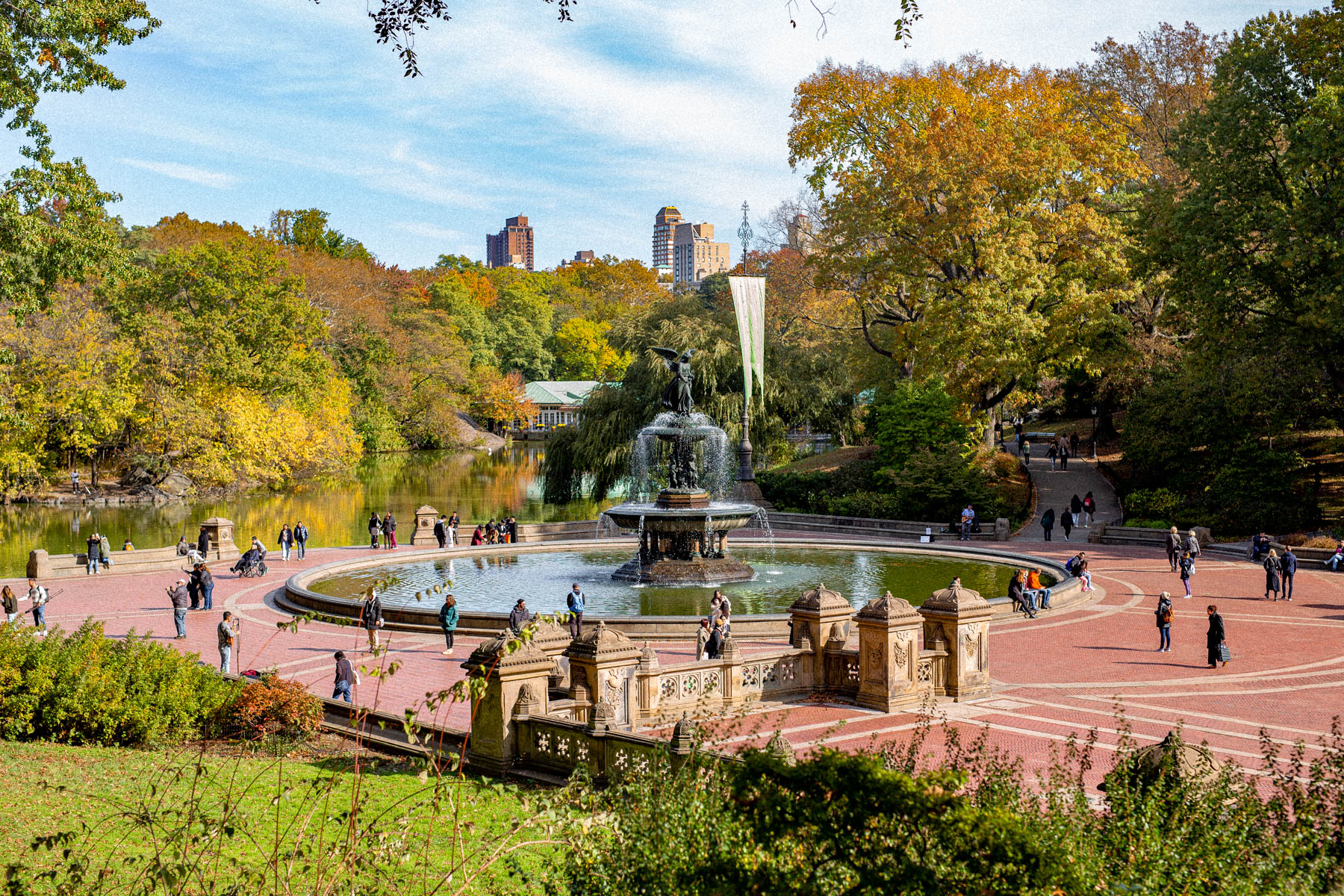
Looking for interesting facts about Central Park? You’re in the right place.
Central Park exudes a romantic charm that few can resist falling in love with. And there’s no denying that visiting the park is a must-do for everyone visiting NYC. But how much do you know about the park? This list will help you learn a few cool Central Park facts before your visit. Let’s dive in!
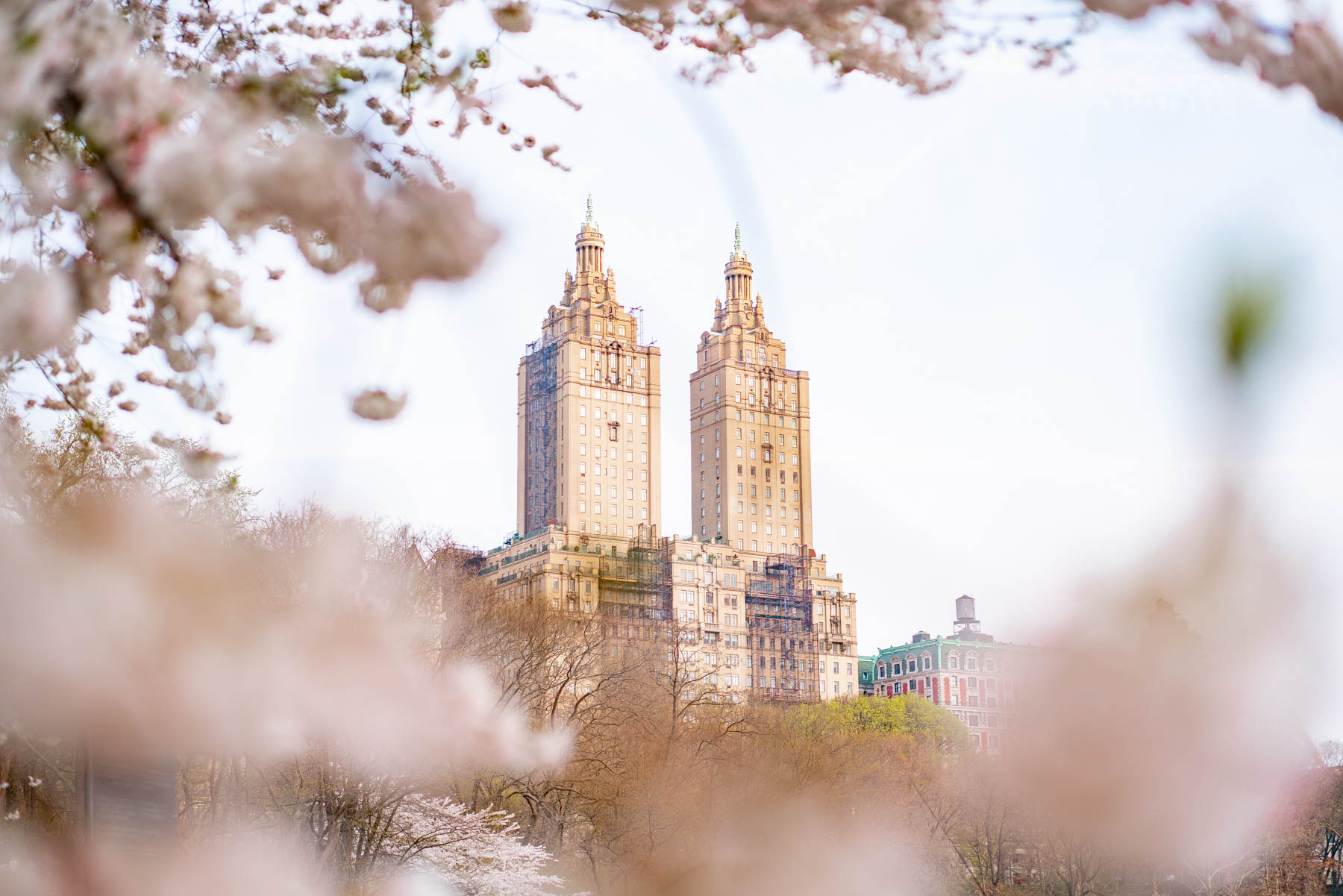
But First, Let’s Talk About the (Important) History Of Central Park
At New York Simply we believe that knowledge is power and it’s our job to share useful information. On that note, let’s talk about the history of Central Park and what you should know before your visit.
The park was designed on the site of a former village called Seneca Village. The residents (mostly freed American slaves and German and Irish residents) were ruthlessly displaced without choice, forced to leave the village they founded in 1825. This area served as a safe haven from racial discrimination but when the decision for a large city park was finalized, the village was seized through eminent domain.
(Eminent domain is when the government seizes private property in the name of “public use” by compensating the landowner, however measly the sum.)
After the land was cleared, the groundwork began. A design competition was held in 1857 (33 entries were submitted) and the winning team was chosen, Fredrick Law Olmsted and Calvert Vaux. Construction on Central Park began in 1857 and completed portions were opened to the public as early as 1858. (The park was fully completed in 1876.)
Today, the park is managed by the Central Park Conservancy, which was founded in 1980 to keep the park in great condition for public use.
Interesting Facts About Central Park
(Table of Contents)
Central Park Facts (Table of Contents)
- But First, Let’s Talk About the (Important) History Of Central Park
- Interesting Facts About Central Park
- Central Park is the most filmed location in the world
- Buying the land for Central Park was more expensive than buying the state of Alaska
- Interesting Central Park Fact: Central Park is larger than the country of Monaco
- There are more than 10,000 benches in Central Park
- Central Park was the first landscaped park in the country
- The park was designed to be a microcosm of the state
- There’s only one straight line in the entire park
- The Mall is home to the largest plantation of American elm in the world
- Surprising fact about Central Park: It’s not even the largest park in New York City
- Yet, it’s the most visited park in the country
- Central Park is completely man-made
- There’s a reason it’s called Sheep Meadow
- The building of the park displaced a prosperous African American community
- Bethesda Fountain is one of the largest fountains in NYC
- Cool Central Park Fact: Carbon Emission, who?
- Our Video on the Best Things to Do in Central Park
- Central Park FAQ
- Interesting Facts About Central Park NYC (Post Round Up)
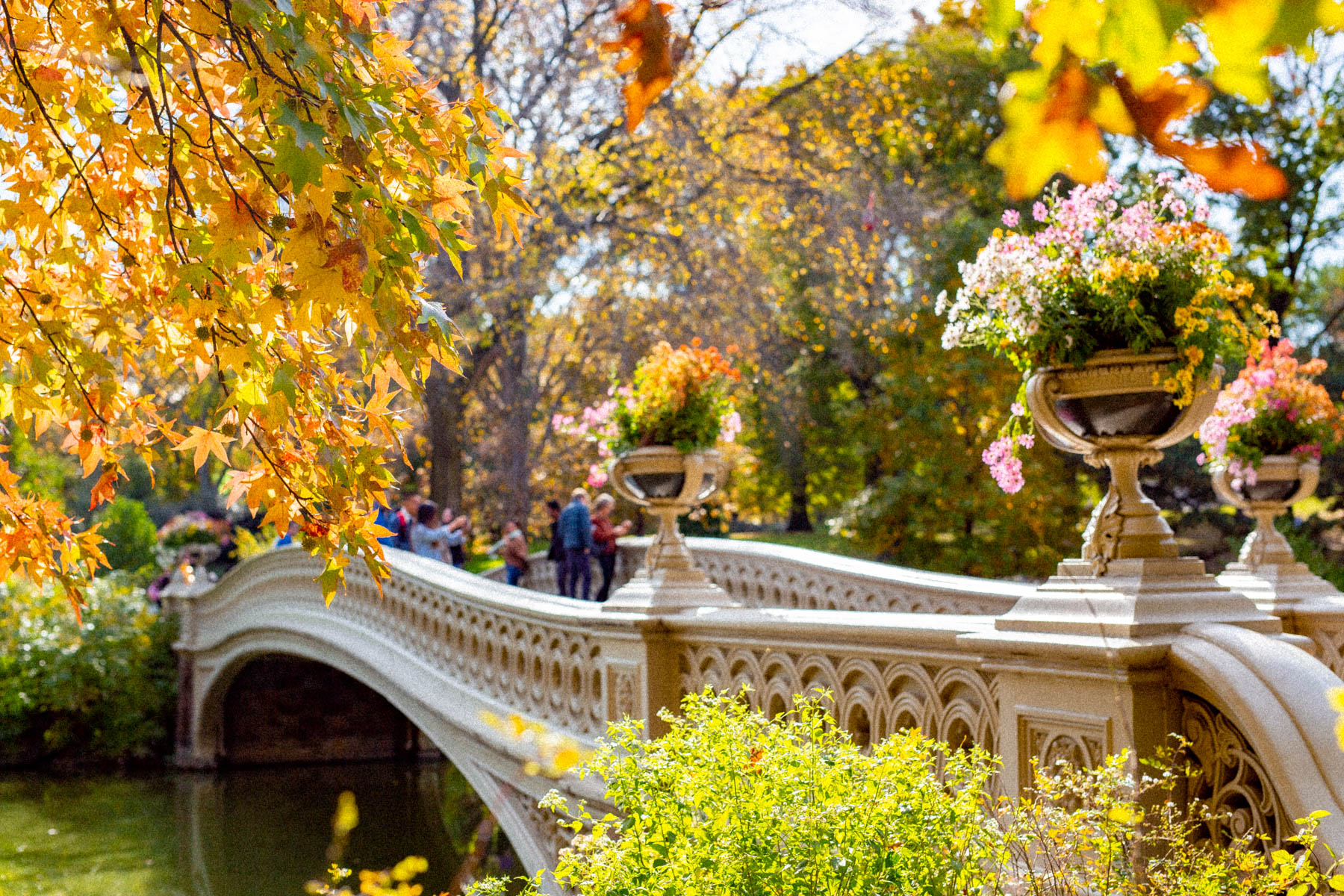
Central Park is the most filmed location in the world
Credited in 532 movies, Central Park is the most-filmed location in the world. For context, the second-most filmed location in the world is Trafalgar Square in London, with 131 movie credits (compared to Central Park’s 530+).
It’s not hard to see why, the park is picture-perfect (it was designed from scratch after all). Strolling the park in autumn or spring makes it easy to see why production crews love using it as a backdrop. On numerous occasions I’ve taken a random stroll through Central Park and accidentally walked by a film shoot, once for the Sex & the City reboot, which was so fun to watch.
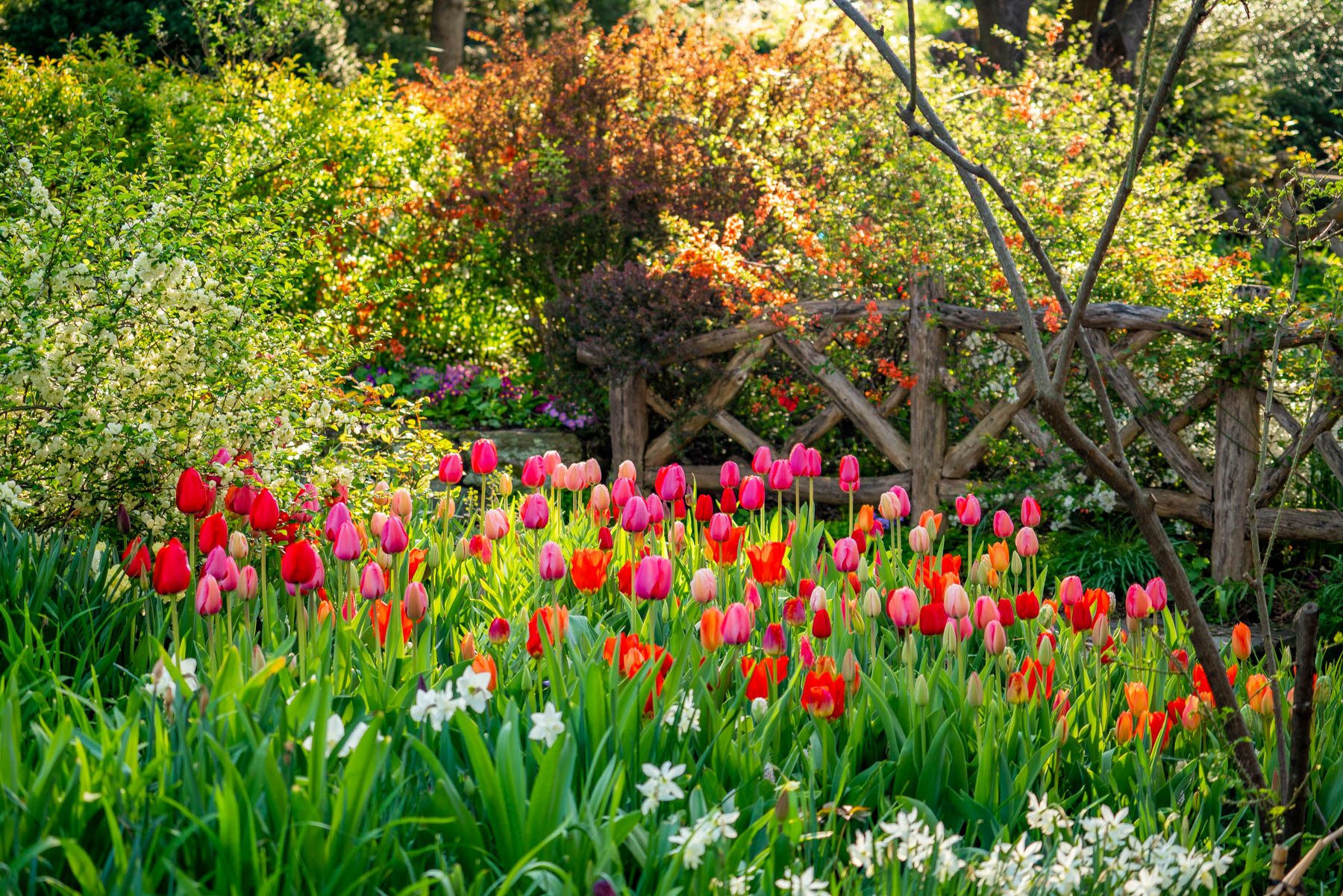
Buying the land for Central Park was more expensive than buying the state of Alaska
Here’s a fun fact about Central Park that most folks don’t know. Purchasing the 843 acres lot cost the New York State legislature approximately $7.4 million dollars. For reference, the U.S. paid Russia $7.2 million for Alaska (around the same time, to boot).
The land was purchased with the intention to build a park that rivals those in Paris and London. Regardless of the final price tag, today we understand that Central Park is priceless and New York City wouldn’t be the same without it.
Further reading: 5 Great Spots to Catch Spring Blooms in Central Park
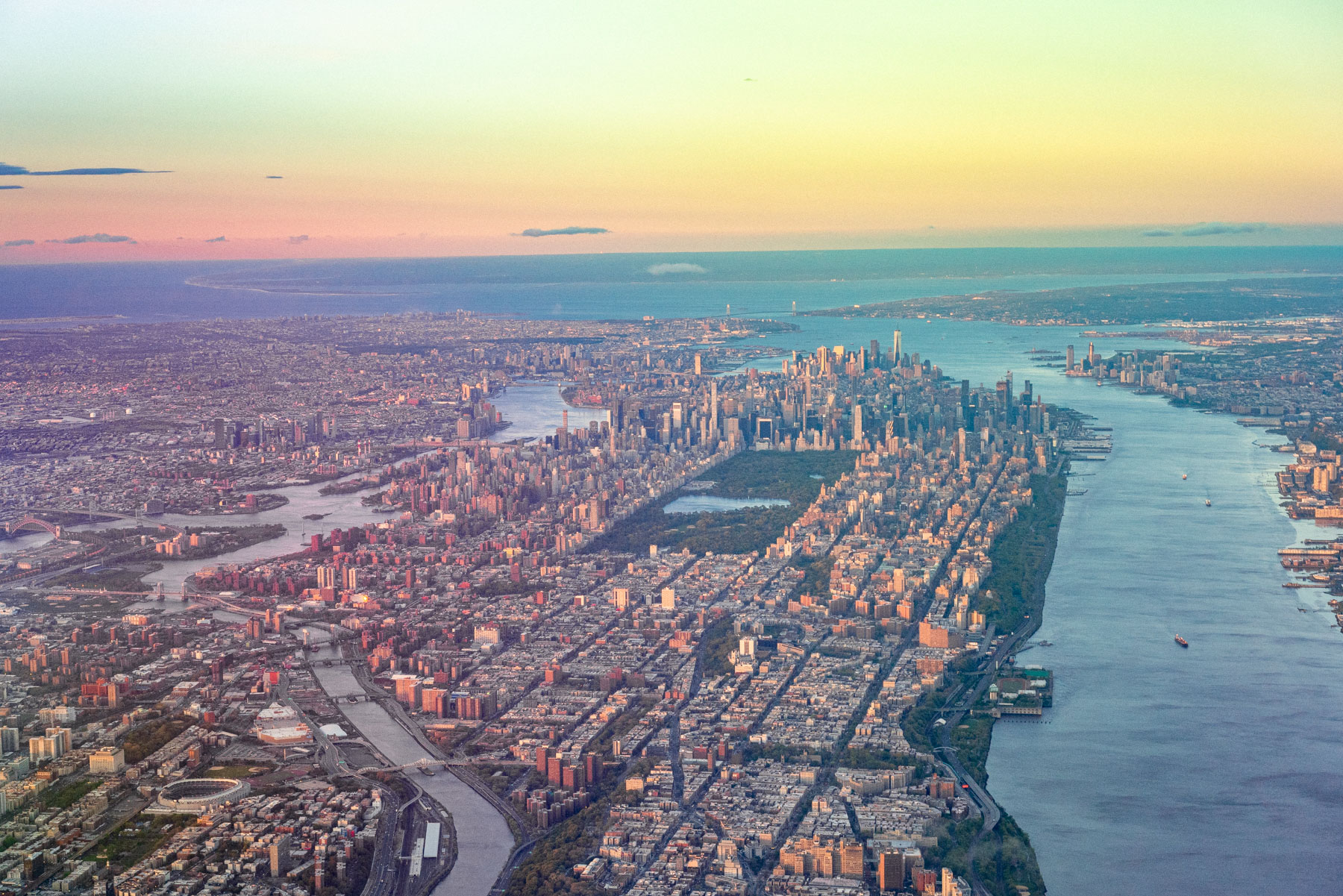
Interesting Central Park Fact: Central Park is larger than the country of Monaco
While we’re on the topic of comparing Central Park to impressive states, let’s add another. Central Park is bigger than the country of Monaco!
Monaco is study in opulence, without a doubt, but the country only spans 500 acres, compared to Central Park’s 843 acres. To truly understand the impressive size of Central Park you’d need to see if from above (airplane or helicopter).
If you circle above Central Park at night in a helicopter, you’re looking down at the most expensive real estate in the world. It’s the American Monopoly board.
Ridley Scott
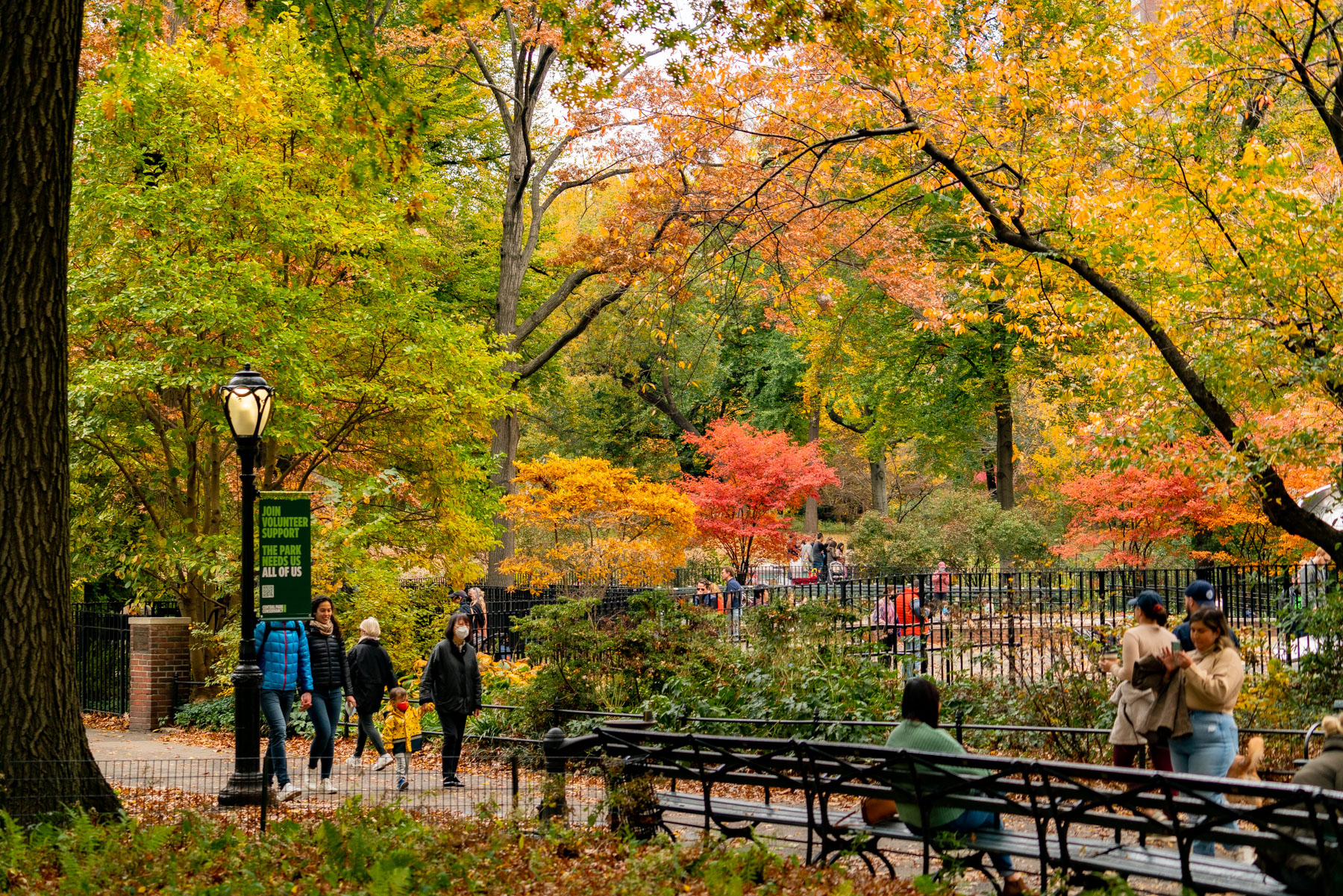
There are more than 10,000 benches in Central Park
I love reading the personalized plaques on the benches in Central Park, which led to the discovery of this interesting fact about Central Park’s benches: there’s more than 10,000 of them.
The Adopt-A-Bench program was started in 1986 as a way to increase maintenance funding for the park. The program was a huge success and folks from all over the world buy personalized plaques to this day. But it comes with a steep price tag of $10,000 for 120 characters.
Central Park is the most amazing gift. It’s incredible. You find new spots, new people, new friends for the dogs.
Diana Taylor
Central Park was the first landscaped park in the country
Here’s a cool Central Park fact for history buffs — Central Park was the first landscaped park in the country. Modeled after the handsome parks in Paris and London, the architects had their work cut out for them. The park was designed from scratch and dynamite was used to level the land. However, when the park was completed it became an instant success and other cities started to follow suit.
The park was designed to be a microcosm of the state
When designing the park, Fredrick Law Olmsted and Calvert Vaux sought inspiration from the state of New York. Their plan was to make Central Park a microcosm of the state. Their plan envisioned a curated park where certain sections served as representations for areas outside the city.
This Central Park fact is made most evident in the heavy canopy of the Ramble, which represent the Adirondacks in the northern reaches of the state. The southern end of the park is more manicured and evokes the wealthy neighborhoods it surrounds.
You might enjoy reading: A Breathtaking Look at Central Park in the Fall
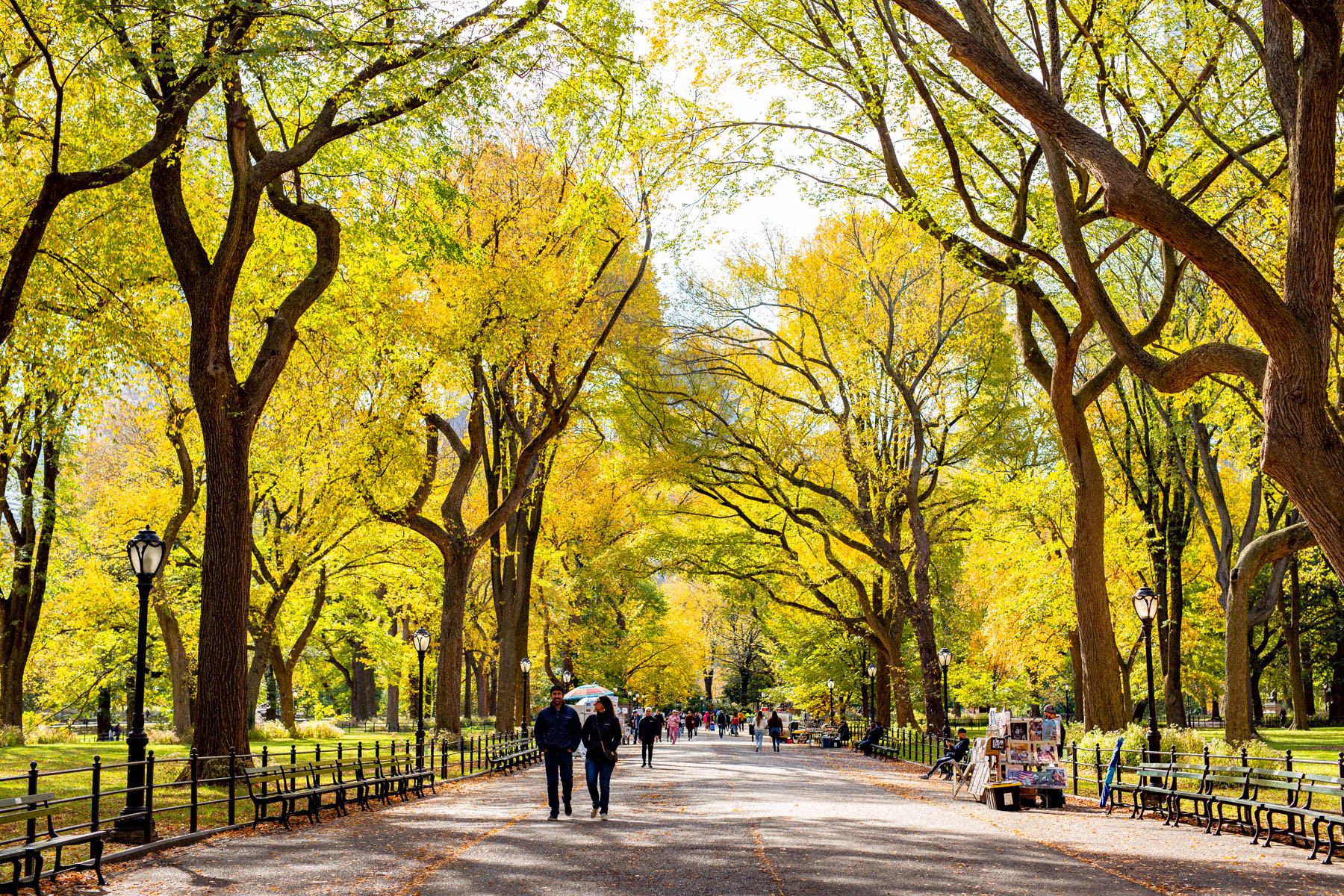
There’s only one straight line in the entire park
Want to know one of my favorite facts about Central Park? There’s only one straight line in the entire park. The park is defined by meandering paths that curve from one point to the next and they’re intentionally built that way.
The vision for the park was that it would represent the natural flow of nature. Some argue that the park was intentional designed without straight lines to deter horse carriage races, but that hasn’t been confirmed. What has been confirmed is that the only straight in the park can be found at The Mall.
The Mall was referred to as the “open air hall of reception” by the park’s architects and served as a place for the wealthy to parade and show off in front of the “less fortunate.”
The width of the promenade accommodated horse-drawn carriages that would drop off the wealthy at the start of the Mall so that they could mingle with those of lesser status while casually strolling through. When they reached Bethesda Terrace they would simple jump aboard their awaiting carriages and head home.
The Mall is home to the largest plantation of American elm in the world
Speaking of The Mall, the stunning American Elms that line the promenade are considered to be the largest surviving plantations of the American elm in the world. Although common at the time they were planted, they American elm has been dying off across the country. However, the trees located at the Mall are well taken care of and seem very healthy.
Surprising fact about Central Park: It’s not even the largest park in New York City
Remember how I mentioned that Central Park was larger than the country of Monaco? Well, allow me to share a surprising Central Park fact with you, it’s not even the biggest park in New York City!
The title for the largest park in NYC goes to Pelham Bay Park in the Bronx. Spanning an impressive 2,765 acres, Pelham Bay Park dwarfs Central Park. Heck, Central Park isn’t even the second, third or fourth largest park in the city (it’s the 5th largest).
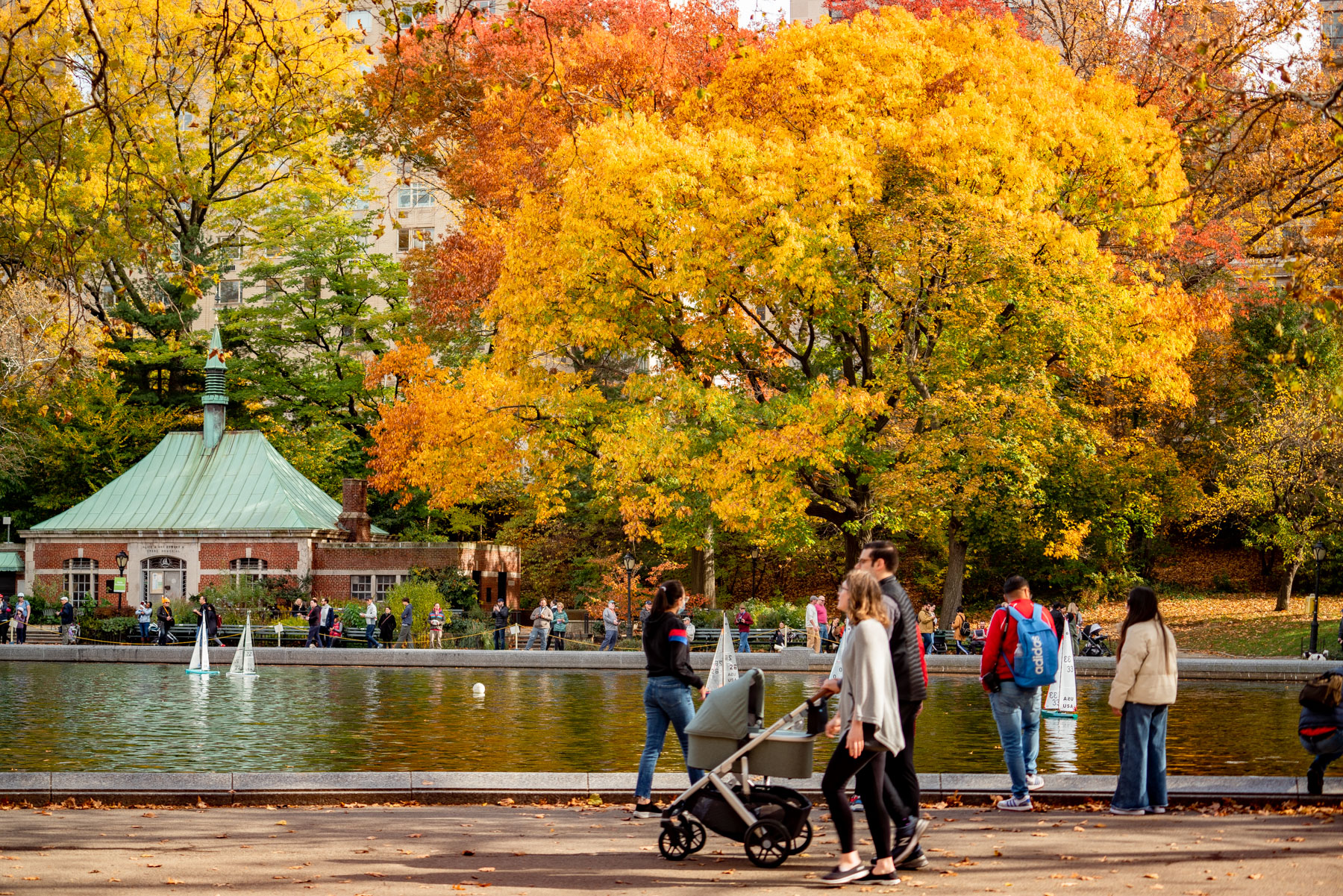
Yet, it’s the most visited park in the country
Regardless of the fact that it’s not even the biggest park in the city, Central Park is the most visited park in the country. How’s that for surprising facts about Central Park?
The park gets an average of 42 million visitors per year, making it one of the most visited places in the world. The best part? Most are return visitors and an estimated 70% of park visitors are locals. As a local I can confirm that Central Park doesn’t lose it’s magic or charm, even on the hundredth visit.
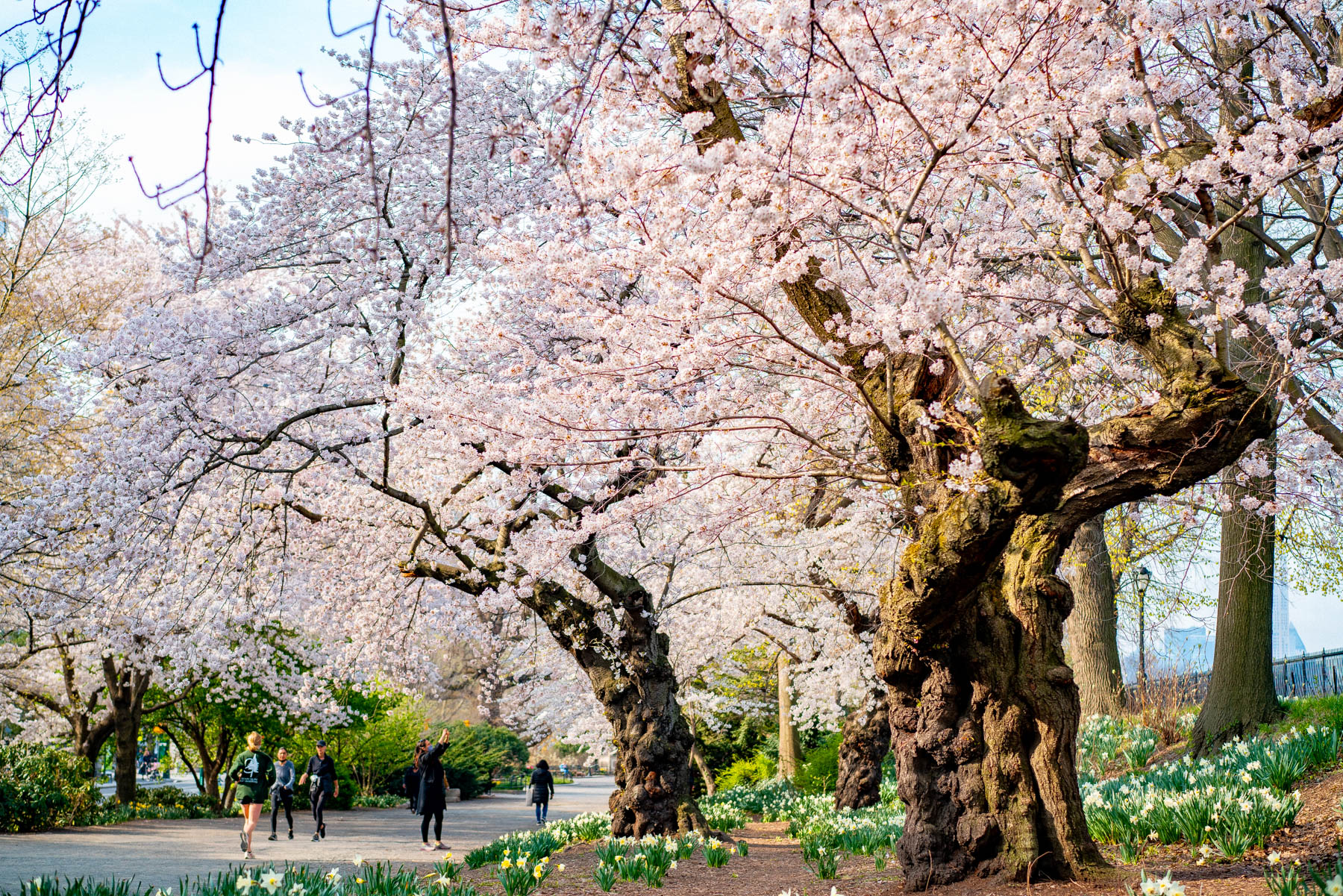
Central Park is completely man-made
At this point, you probably know that Central Park is completely man-made. The area was fully demolished using dynamite so that the architects could start from scratch. Everything you see in the park is man-made and that includes the lakes, woodlands and hills.
I will say though, the nature in Central Park never ceases to fascinate me. I constantly find myself thinking about the birds and how they don’t care if the trees were planted intentionally. And then I remember that I myself don’t care that the park is completely man-made because it doesn’t feel like it.
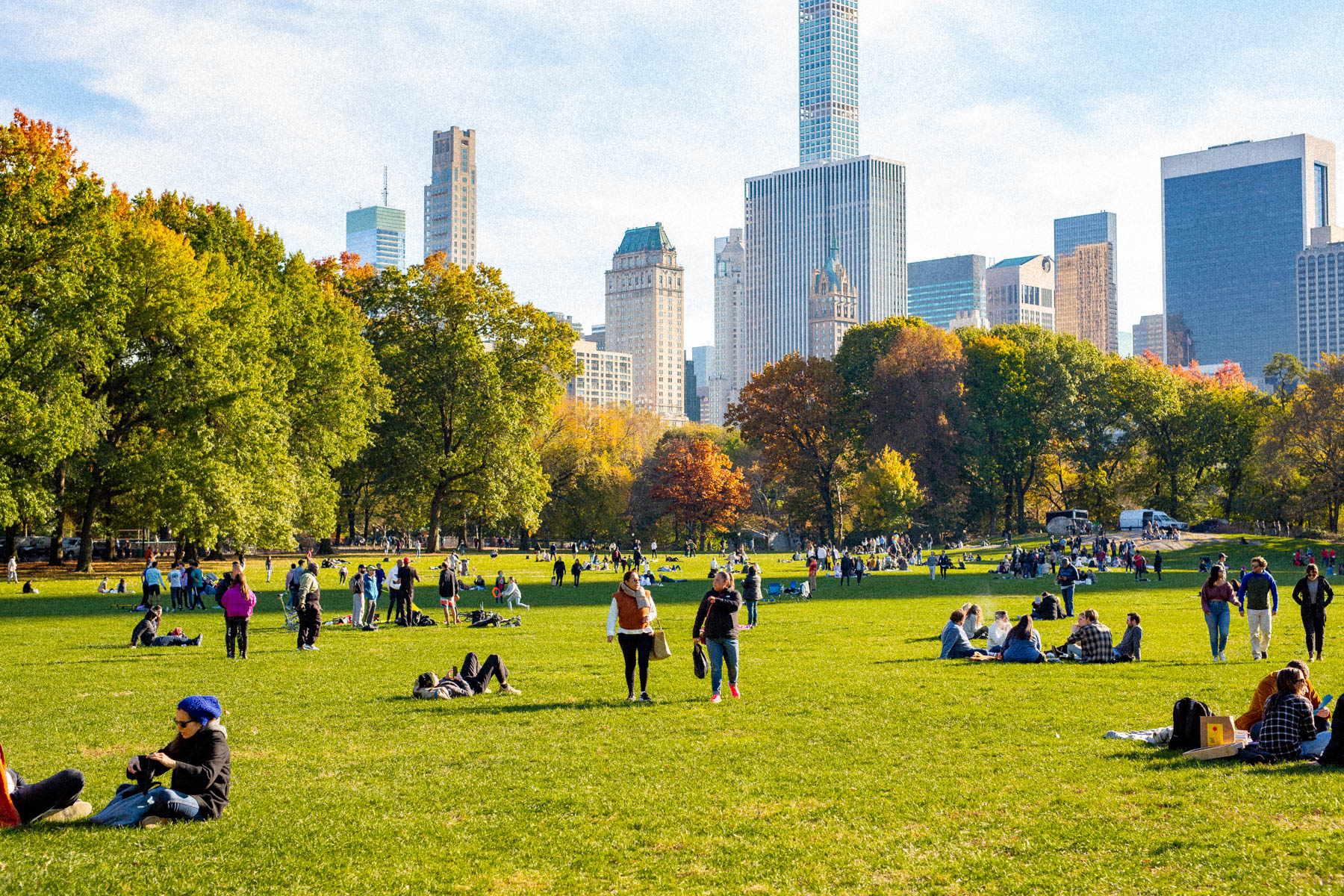
There’s a reason it’s called Sheep Meadow
Sheep Meadow is arguably the most popular spot in Central Park. On a warm summer day the 15-acre meadow swells to the tune of 30,000 people, it’s a sight to behold!
What most of these folks don’t know is that Sheep Meadow is aptly named because it was literally a sheep meadow back in the day. The lawn was peppered with grazing sheep on a mission to keep the meadow manicured. The sheep were removed in 1934 but the name stuck.
The building of the park displaced a prosperous African American community
Recall how I mentioned Seneca Village in the history section? Well one interesting fact about Central Park that I’d like to delve further into is the fact that the African Americans displaced from Seneca Village were very prosperous.
This is worth mentioning because at the time it was rare for African Americans to own property. In fact, it’s estimated that half of the African-American residents of Seneca Village owned their homes, a staggering amount.
At that time there was a law in the city that men could only vote if they owned property valued at $250 or more and could prove residency of 3+ years. In 1845, there were only 100 African-Americans eligible to vote in NYC and 10 of them lived in Seneca Village. Further speaking to the devastation of the unjust razing of the village.
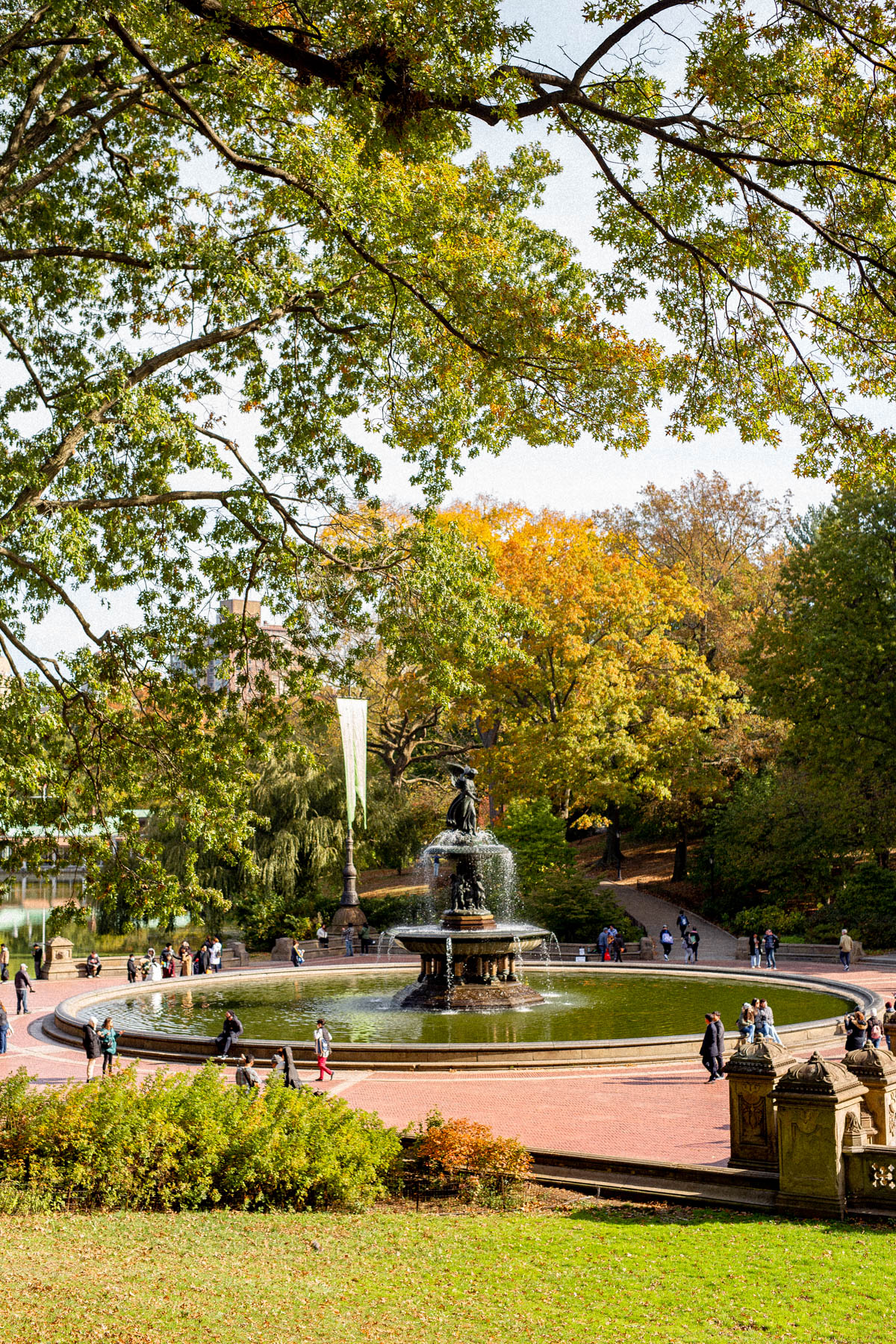
Bethesda Fountain is one of the largest fountains in NYC
Measuring twenty-six feet high and ninety-six feet wide, Bethesda Fountain is one of the largest fountains in New York City. This fountain (and statue) is the only commissioned sculpture in the park’s original design.
The bronze statue was Designed by Emma Stebbins in 1868, making her the first woman to receive a commission for major art work in NYC. Stebbins modeled the angel after her partner, actress Charlotte Cushman.
As for the name? Stebbins said the water flowing from the fountain was healing and referenced a biblical quote:
“Now there is at Jerusalem by the sheep market a pool, which is called… Bethesda… whoever then first after the troubling of the waters stepped in was made whole of whatsoever disease he had.”
Cool Central Park Fact: Carbon Emission, who?
I’m wrapping up this list of the coolest facts about Central Park with my favorite, the 20,000 trees in Central Park absorb and estimated one million pounds of carbon dioxide every year. In other words, we need Central Park more than we know.
Our Video on the Best Things to Do in Central Park
Related Articles
15 Enjoyable Things to Do in Central Park (Local’s Guide)
5 Best Spots to See Cherry Blossoms in Central Park (Local’s Guide)
The 20 Best Restaurants Near Central Park (A Local’s Favorites)
Ice Skating in Central Park (Everything You Need to Know)
12 Great Spots to See Fall Foliage in Central Park
10 Picture-Perfect Photo Spots in Central Park (You’ll Adore)
Central Park FAQ
FAQ: Visiting Central Park Facts
As the first major landscaped public park in the United States, it’s a pioneering example of urban park design. Its lush landscapes, which include meadows, lakes, and woodlands, offer a serene escape from the city’s hustle and bustle. The park is also rich in cultural and recreational facilities, including the Central Park Zoo, the Bethesda Terrace, and numerous statues and memorials.
Central Park in New York City was established in 1857 (160 years ago!). The park’s construction started in 1858 and continued over several years, with the official completion occurring in 1876. Therefore, as of 2023, Central Park is 166 years old since its establishment, showcasing a rich history as one of America’s first major urban public parks.
No, Central Park is not the biggest park in NYC, that honor belongs to Pelham Bay Park in the Bronx. In fact, Central Park is 5th largest park in NYC (not even in the top 4!).
Bethesda Terrace and Fountain is the most famous landmark in Central Park. The bronze statue was Designed by Emma Stebbins in 1868, making her the first woman to receive a commission for major art work in NYC. Stebbins modeled the angel after her partner, actress Charlotte Cushman.
Interesting Facts About Central Park NYC (Post Round Up)
Here’s a quick roundup of the most interesting facts about New York City
- Central Park is the most filmed location in the world
- Purchasing Central Park was more expensive than buying Alaska
- Central Park is larger than the country of Monaco
- There are more than 10,000 benches in the park
- Central Park was the first landscaped park in the country
- The park was designed to be a microcosm of the state
- There’s only one straight line in the entire park
- The Mall is home to the largest plantation of American Elm
- Surprising Central Park Fact: It’s not even the biggest park in NYC
- But it is the most visiting park in the country
- Central Park is completely man-made
- There’s a reason they call it Sheep Meadow
- Building Central Park displaced African-Americans
- Bethesda Fountain is one of the largest statues in the city
- Carbon Emission, who?
Cheers!
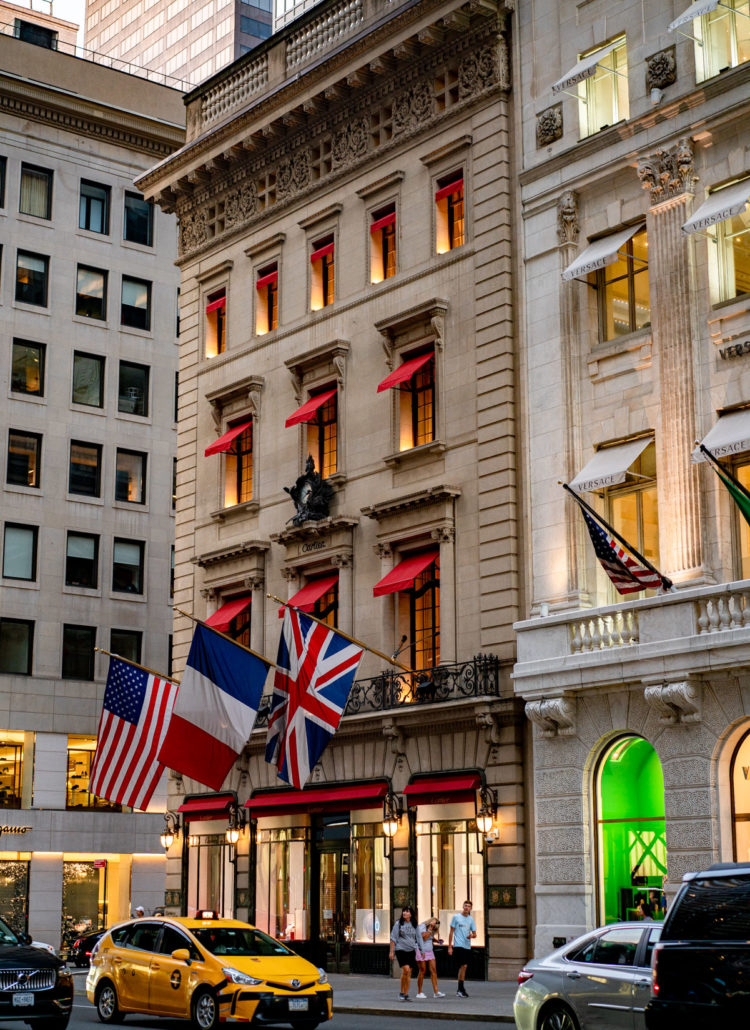
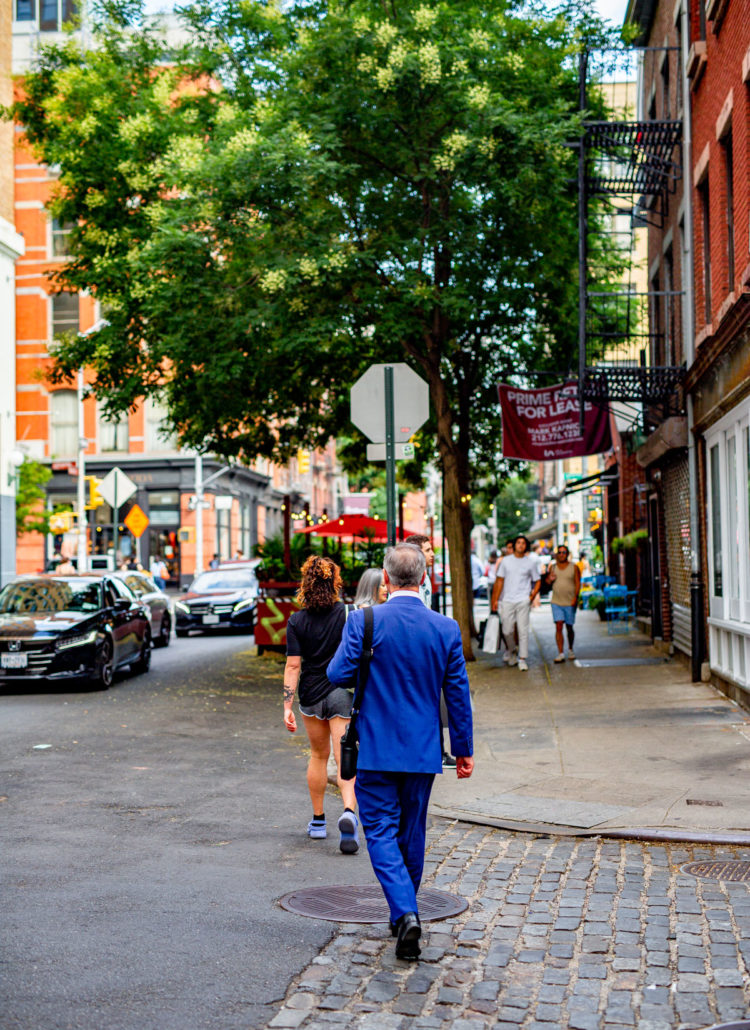

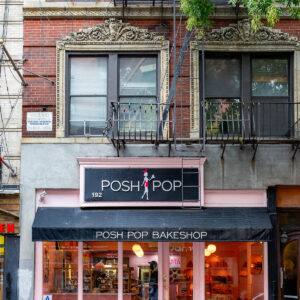
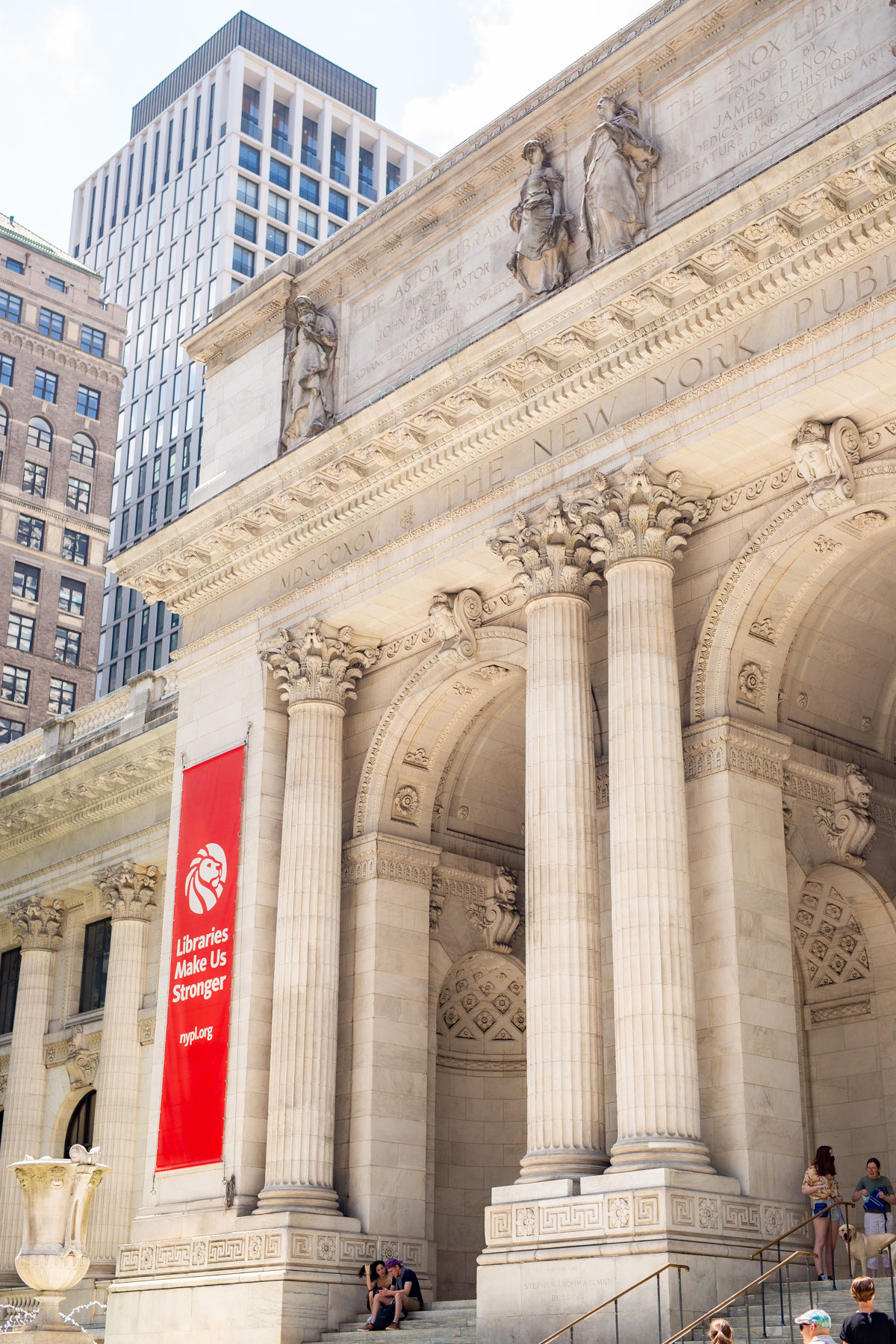
I want to also say this is a great article about Central Park. I learned a lot that I didn’t know. Thank you for writing it!
great facts
I enjoyed this article. It had some wonderful information that I didn’t know in it. Thank you for writing it.
It’s also important to mention that the ancient Egyptian obelisk in the Park (near the Metropolitan museum) is one of Cleopatra’s needles, in and of itself incredibly iconic. Not knowing about it, I stumbled across the obelisk myself on one of my many walks in Central Park (I walk there almost daily) and was thrilled to discover it on a murky late fall night looming above me like a sentinel.